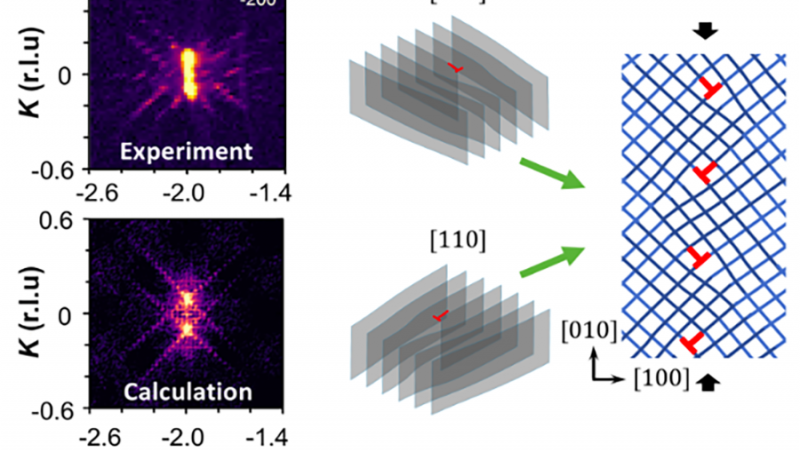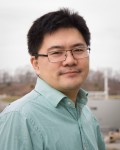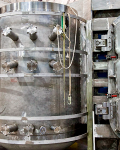This article courtesy of the University of Minnesota, by Rhonda Zurn
MINNEAPOLIS / ST. PAUL (10/04/2021) — In a surprising discovery, an international team of researchers, led by scientists in the University of Minnesota Center for Quantum Materials, found that deformations in quantum materials that cause imperfections in the crystal structure can actually improve the material’s superconducting and electrical properties.
The groundbreaking findings could provide new insight for developing the next generation of quantum-based computing and electronic devices.
The research just appeared in Nature Materials, a peer-reviewed scientific journal published by Nature Publishing Group.
“Quantum materials have unusual magnetic and electrical properties that, if understood and controlled, could revolutionize virtually every aspect of society and enable highly energy-efficient electrical systems and faster, more accurate electronic devices,” said study co-author Martin Greven, a Distinguished McKnight Professor in the University of Minnesota’s School of Physics and Astronomy and the Director of the Center for Quantum Materials. “The ability to tune and modify the properties of quantum materials is pivotal to advances in both fundamental research and modern technology.”
Greven also said the new study highlights the power of state-of-the-art neutron and x-ray scattering probes in deciphering the complex structures of quantum materials and of a scientific approach that combines experiment and theory.
The research was funded primarily by the U.S. Department of Energy Office of Science. The team used resources at the Spallation Neutron Source at Oak Ridge National Laboratory and the Advanced Photon Source at Argonne National Laboratory, which are both U.S. Department of Energy Office of Science facilities. The researchers also used facilities at the Minnesota Nano Center at the University of Minnesota, which is supported by the National Science Foundation.
To read the full research paper entitled “Enhanced superconductivity and ferroelectric quantum criticality in plastically deformed strontium titanate” by S. Hameed et al., visit the Nature Materials website.
The Spallation Neutron Source is a DOE Office of Science User Facility. UT-Battelle LLC manages ORNL for the DOE Office of Science. The Office of Science is the single largest supporter of basic research in the physical sciences in the United States and is working to address some of the most pressing challenges of our time. For more information, please visit http://science.energy.gov/.






